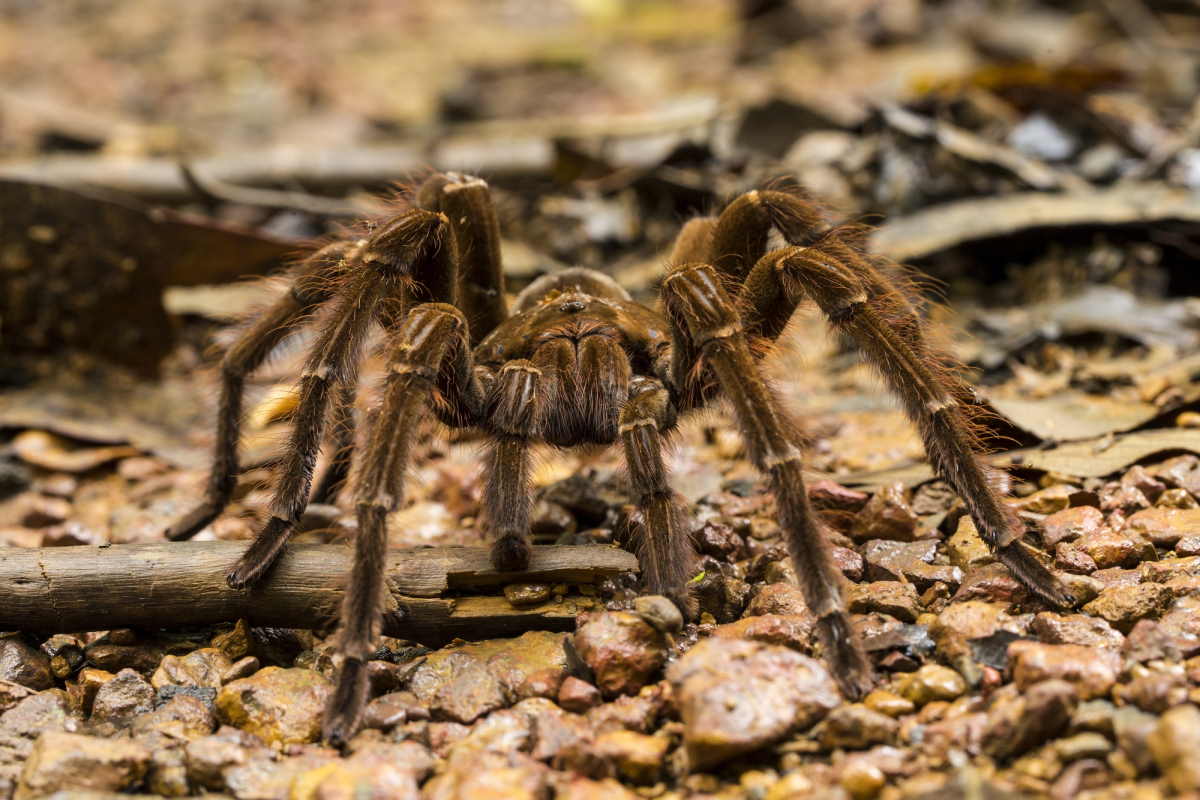Here are the top 10 biggest spiders in the world, based on leg span:
10. Cerbalus aravaensis [up to 14 cm / 5.5 inches]
Cerbalus aravaensis is a huntsman spider found in the southern Arava Valley of Israel and Jordan. They have a leg span of up to 14 centimeters (5.5 inches). Their bodies are not that large, males have a body length of 1.85-2.40 cm (0.73-0.94 inches), while females’ body length is 2.20-2.65 cm (0.87-1.04 inches).
This big spider is not considered to be harmful or venomous to humans.
Unfortunately, they are at risk of extinction. The last remaining sand dunes in the southern Arava region of Israel are the Sands of Samar. These dunes are the last refuge of the Cerbalus aravaensis, but they are disappearing due to agriculture and sand quarries. If these dunes disappear, it is unlikely that Cerbalus aravaensis would survive.
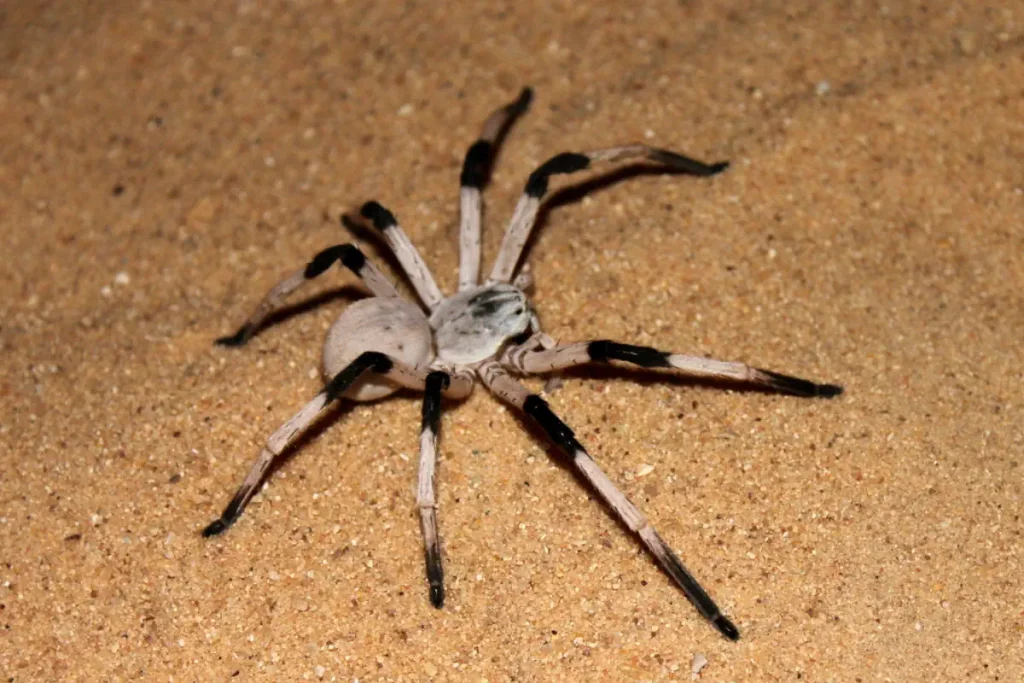
9. Camel Spider [up to 15.2 cm / 6 inches]
Camel spiders, also called wind scorpions are arachnids that are native to the desert regions of the Middle East and North Africa. They get their name from their ability to run at high speeds, which is said to resemble the movement of a camel. Their top speed is estimated to be 16 km/h (10 mph).
Camel spiders are not venomous and are not considered dangerous to humans. They feed on insects and other small animals, and they are most active at night. They are also scavengers.
Despite not being dangerous, their look is horrifying. Camel spiders are also the subject of numerous hoaxes. [see: Forced perspective – 10 examples of why you shouldn’t believe everything you see on the Internet]
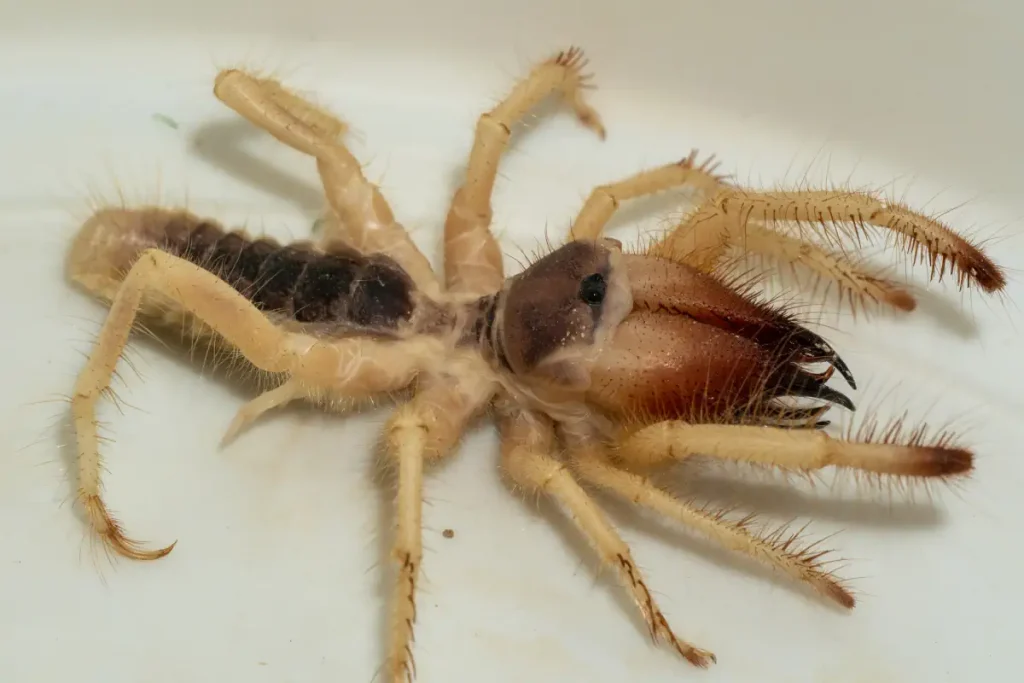
8. Brazilian Wandering Spider [up to 16.5 cm / 6.5 inches]
Wandering spiders are so-called because rather than residing in a lair or maintaining a web, they wander the jungle floor at night.
It is known for its aggressive behavior and will bite if it feels threatened.
They belong to the genus Phoneutria. Unlike many other spiders in this list, Phoneutria venom can be dangerous and is potentially medically significant to humans.
So, the venom of the Brazilian wandering spider is toxic to the nervous system and can cause symptoms such as difficulty breathing, nausea, vomiting, and muscle spasms. In severe cases, it can cause paralysis and death (there are a few reported cases).
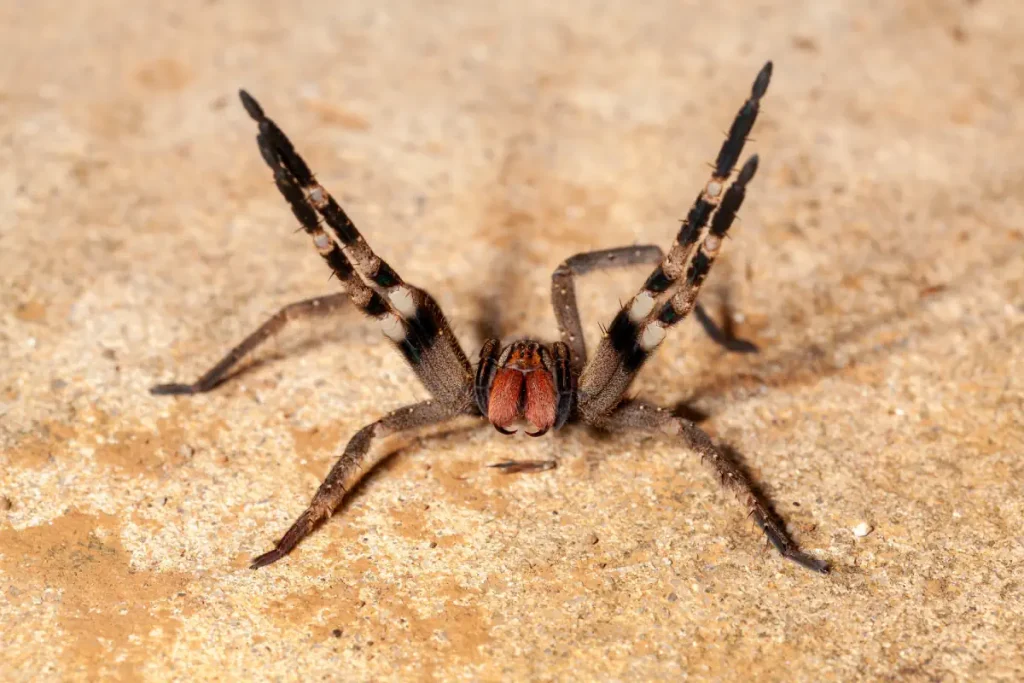
7. Colombian Giant Tarantula [up to 18 cm / 7 inches]
The Colombian giant tarantula (Megaphobema robustum) is a large species of spider native to the rainforests of Colombia and Brazil. It has a leg span of up to 7 inches (17.78 cm) and will eat crickets, other large insects, small lizards, and mice.
The species is generally docile and non-aggressive, but it can deliver a painful bite if provoked or threatened.
The venom of the Colombian giant tarantula is not considered dangerous to humans. The species is also popular among arachnid enthusiasts, but it is not recommended for beginner keepers due to its size and the specialized care it requires.
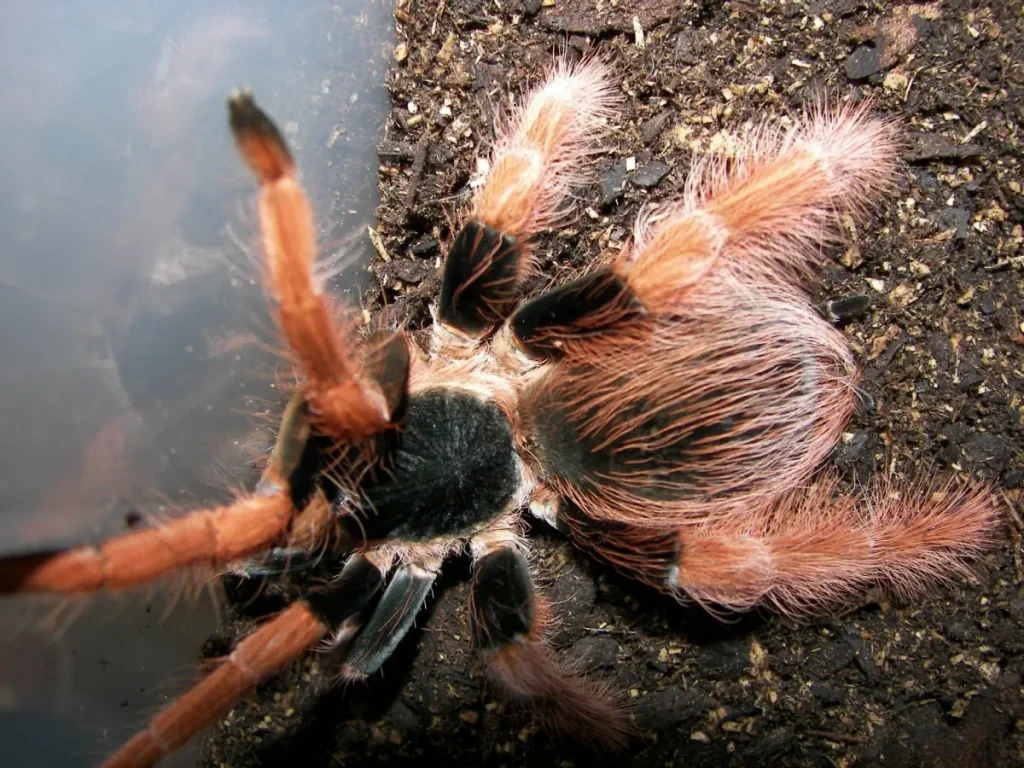
6. Face-sized Tarantula (Poecilotheria rajaei) [up to 20.3 cm / 8 inches]
Poecilotheria rajaei (popularly known as the face-sized tarantula) is a species of spider that is native to Sri Lanka. It is a large tarantula, with adults reaching sizes of up to 8 inches (20.3) in leg span. The species is known for its distinctive appearance, which includes bright blue and white markings on its body and legs.
It was officially described in a 2012 publication of the British Tarantula Society. It was discovered in 2009 when a villager brought a dead specimen to Ranil Nanayakkara, the co-founder of the Sri Lankan Biodiversity Education and Research organization, who was conducting an arachnid survey of Sri Lanka at the time.
Poecilotheria rajaei is a member of the Poecilotheria genus, which is known for its venomous bites and aggressive behavior. However, this species is not considered to be highly venomous to humans, and bites from P. rajaei are typically not life-threatening.
Poecilotheria rajaei is found in a variety of habitats on the island of Sri Lanka, including rainforests, grasslands, and agricultural areas. It is a nocturnal species, and it is primarily active at night. Like other tarantulas, P. rajaei is a predatory spider, and it feeds on insects and other small invertebrates. It is also an accomplished burrower, and it constructs deep burrows in the ground for shelter and protection.
The population of Poecilotheria rajaei is considered to be endangered, and the species is protected by law in Sri Lanka. The main threats to P. rajaei are habitat loss and degradation, as well as a collection for the pet trade. Conservation efforts are underway to protect this species and its habitat.
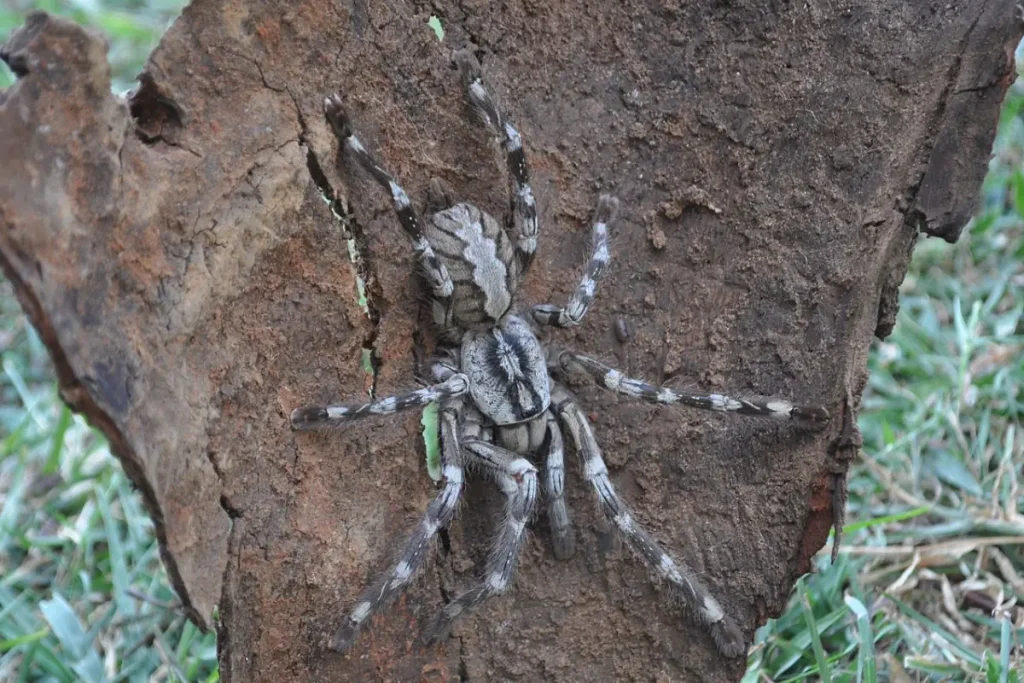
5. Chaco Golden Knee [up to 22 cm / 8.5 inches]
One of the larger species of tarantula, the Chaco golden knee (Grammostola pulchripes), formerly known as Grammostola aureostriata, can have a leg span of up to 22 cm (8.5 inches).
The former (and very commonly used) species name, aureostriata, is derived from Latin aureus “golden” and striatus “striped”. The currently used species name, “pulchripes,” is derived from Latin “pulchra”, meaning “beautiful”, and “pes”, meaning “foot”.
They inhabit the grasslands of Argentina and Paraguay. The Chaco golden knee is a very calm and docile tarantula. Combined with their large size and beautiful look, they are often kept as pets.

4. Brazilian Giant Tawny Red Tarantula [up to 23 cm / 9 inches]
Brazilian Giant Tawny Red Tarantula (Grammostola anthracina) is a species of tarantula that is native to South America, specifically to Chile, Uruguay, Paraguay, Brazil, and Argentina. It is found in the arid regions of these countries, including in the Atacama Desert.
Grammostola anthracina is a medium-to-large-sized tarantula, with females reaching a leg span of around 8 inches and males around 6 inches. They are generally brown in color, with a dark, almost black abdomen and reddish-brown legs.
Like other tarantulas, Grammostola anthracina is a terrestrial spider and spends most of its time on the ground. It is a nocturnal predator, preying on insects and other small arthropods. It is not considered venomous to humans and is generally docile, but it will defend itself if threatened.
Grammostola anthracina is a popular species among tarantula enthusiasts and is often kept as a pet. It is known for its calm disposition and easy care requirements, making it a good choice for beginner tarantula keepers.
3. Brazilian Salmon Pink Birdeater [up to 28 cm / 11 inches]
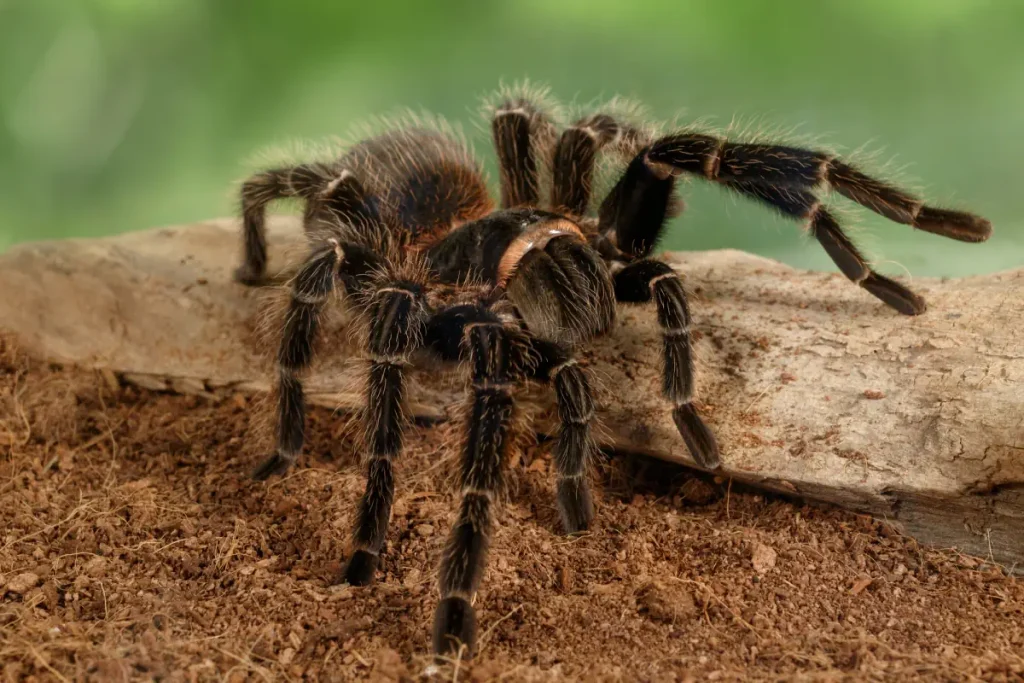
The Brazilian Salmon Pink Birdeater (Lasiodora parahybana) is a species of tarantula that is native to Brazil. It is a large spider that can attain a leg size of up to 11 inches (28 cm), especially in males as their legs are longer than the females’. However, females are bulkier and can weigh more than 100 grams (3.53 oz).
The spider gets its name from the pinkish hue of its legs and abdomen, as well as its reputation for occasionally preying on small birds.
The Brazilian Salmon Pink Birdeater is a terrestrial tarantula, meaning that it spends most of its time on the ground rather than in trees or other high places. It is a burrowing species, and it constructs a tunnel-like lair in the ground where it can hide and molt.
They are known to bite only when provoked, and even then, this is the last resort. However, their bite is painful: some sources claim it is similar to that of a cat’s bite. It is not considered to be venomous to humans, though.
The Brazilian Salmon Pink Birdeater is often kept as a pet due to its size and colorful appearance.
2. Goliath Birdeater [up to 30 cm / 12 inches]
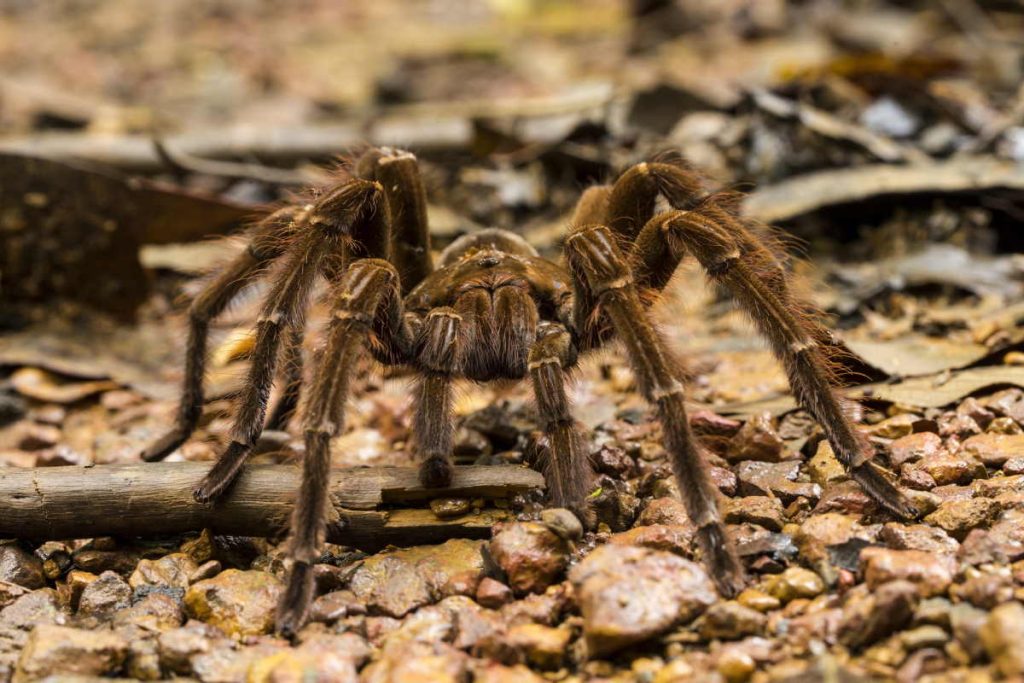
The Goliath birdeater (scientific name: Theraphosa blondi), also known as the Goliath tarantula or Goliath bird-eating spider is the largest spider in the world by mass (up to 175 grams / 6.2 oz) and body length (up to 13 cm / 5.1 inches), and second to the giant huntsman spider by leg span. Goliath birdeaters can have a leg span of up to 30 cm (12 inches). Their maximum leg span is the same as the Giant huntsman spider but on average, the Giant huntsman spider has a larger leg span.
Goliath birdeaters are found in the rainforests of northern South America, including Venezuela, Guyana, Suriname, and French Guiana. They prefer humid environments and can be found in a variety of habitats, including swamps, marshes, and savannas.
They are not aggressive and do not pose a threat to humans, but they will defend themselves if they feel threatened. They are known to produce a loud hissing sound when they are agitated and can also release a cloud of urticating hairs from their abdomen as a defense mechanism.
Despite their name, Goliath birdeaters very rarely eat birds. They are opportunistic predators and feed on insects, small mammals, worms, amphibians, and reptiles. They use their venomous fangs to capture and subdue their prey.
1. Giant Huntsman Spider: The largest spider in the world by leg span [30 cm / 12 inches]
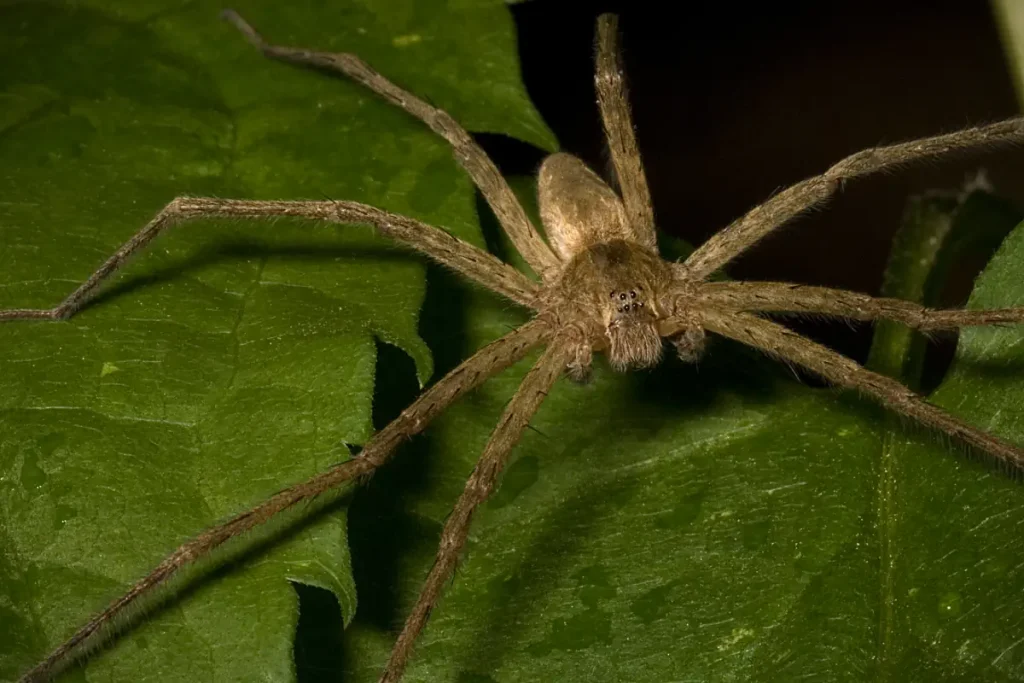
The giant huntsman spider (Heteropoda maxima) is considered the world’s largest spider by leg span, which can reach up to 30 cm (12 inches).
Compared to their leg span, their body size is small, which is up to 4.6 cm / 1.8 inches.
The giant huntsman spider is a species of the huntsman spider family Sparassidae (huntsman spiders) found in Laos (Southeast Asia).
is a large, fast-moving spider that is generally found in rainforests and other humid, tropical environments. It is a nocturnal hunter and feeds on insects, lizards, and small mammals.
Despite its intimidating appearance and large size, the giant huntsman spider is generally not aggressive toward humans and will only bite if provoked. Its venom is not considered to be dangerous to humans.
The giant huntsman spider has gained some fame in recent years due to photos and videos of the spider circulating on the internet. However, it is important to note that these images are often taken out of context and do not necessarily reflect the spider’s natural habitat or behavior.
Spiders are not insects
Spiders are not insects. They are arachnids, which are a separate class of arthropods. Arthropods are invertebrate animals that have an exoskeleton and jointed legs, and they include insects, arachnids, and crustaceans.
Spiders are characterized by having two main body segments, four pairs of legs, and no wings or antennae. They have a pair of fangs that they use to inject venom into their prey, and they have spinnerets on their abdomen, which they use to produce silk.
Spiders are found in a wide variety of habitats all over the world, and they play important roles in many ecosystems as predators and prey for other animals. There are over 45,000 known species of spiders, and they range in size from less than a millimeter to over a foot (30 cm) in leg span.
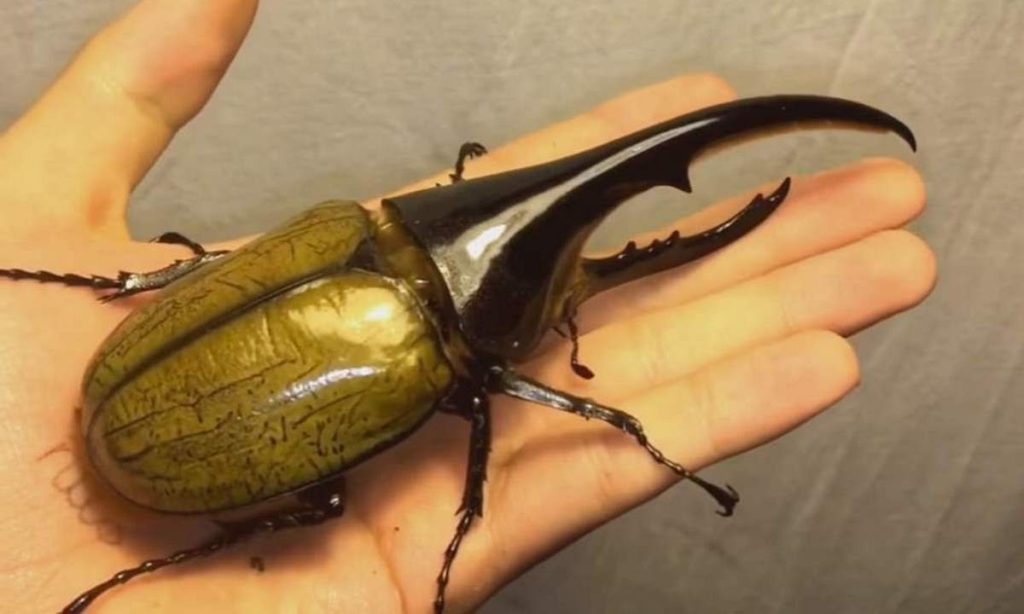
Related: Top 10 Largest Insects in the World
Sources
- Giant huntsman spider on Wikipedia
- 10 Biggest Spiders in the World on the ThoughtCo website
- The Biggest Spiders In The World [11 of the world’s largest spider species] on the Safaris Africana website
- Grammostola pulchripes on Wikipedia
- Phoneutria on Wikipedia
- Cerbalus aravaensis on Wikipedia
- Moon Landings: All-Time List [1966-2025] - February 2, 2025
- What Is Max-Q and Why Is It Important During Rocket Launches? - January 16, 2025
- Top 10 Tallest Rockets Ever Launched [2025 Update] - January 16, 2025
